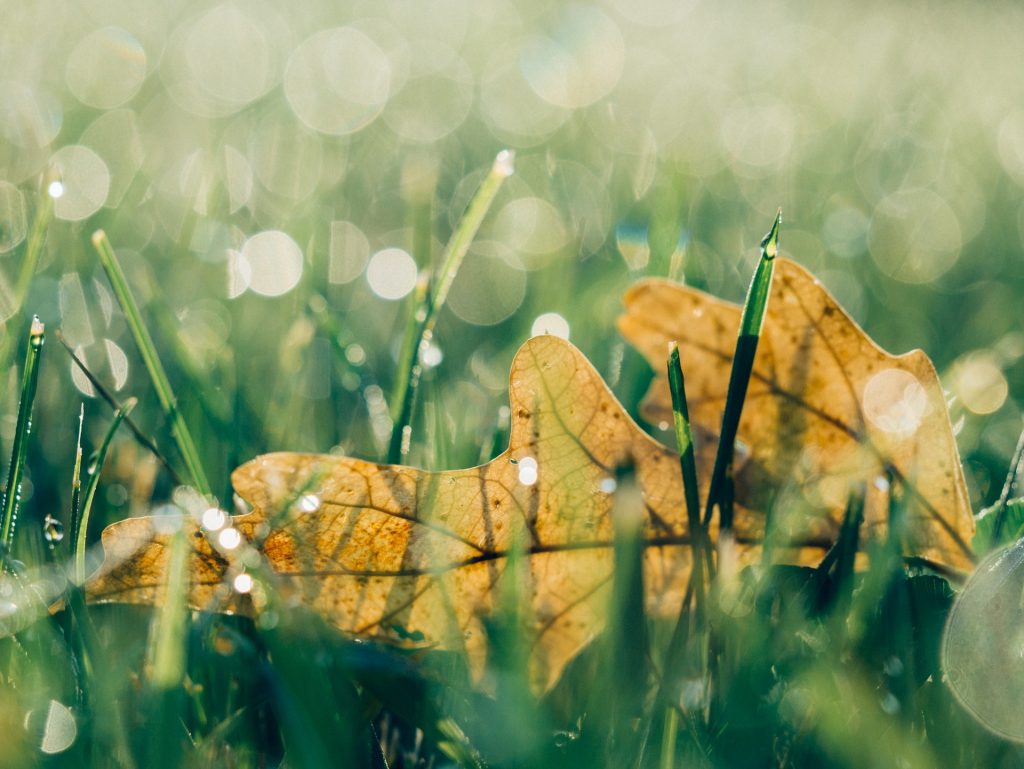The visible signs of autumn are becoming more evident, with beautiful hanging mists and the smell of the cooling earth and fallen leaves. It’s at this time of year that the duvet can feel more difficult to leave behind and our mood can begin to slump, with increased feelings of fatigue and a loss of motivation.
The most noticeable change, as we move through autumn and winter, is the loss of daylight hours. This loss leads to roughly a 50% reduction in natural light exposure, and many of us will experience symptoms of natural light deprivation, including children.
Since the dawn of civilisation, it has been understood that humans needed daylight to thrive, and three decades ago bright light therapy was proposed for the treatment of seasonal affective disorder (SAD), a type of winter depression associated with a lack of natural light.
But there’s more than SAD to contend with at this time of year, because stress and anxiety can increase too.
Preparing for winter
How do we positively prepare for this dark, cold season, and reduce stress?
One important factor in managing increases in stress and anxiety levels is to acknowledge the problem and plan for it.
Start the day brightly
If it’s dark outside and you want to feel more awake in the morning, dawn simulators are a valuable solution. You can program them to wake you up slowly, with light going from amber to the blue spectrum, increasing wakefulness and productivity. To fall asleep, some devices offer additional settings, including those that help take you to a relaxed state in preparation for sleep, with warmer tones of amber to red light.
Watch out for flicker-free LED’s, because LED flicker can be an unseen stressor.
Natural light breaks
Light allows us to live – it’s that simple. This makes daylight breaks an essential part of planning to feel calmer over the course of the changing seasons. Mindfulness whilst walking can expose you to even more natural daylight, and you have the added benefit of being calmed by really connecting and experiencing nature.
Think you might struggle to plan them? Set timers, take several five-minute breaks over the course of your working day, and factor in some time in midday light, even on dull days. It’s cumulative, so do make time for the breaks every day.
Slow down!
Easy to say but not so easy to do, pacing ourselves is one way to regain control over our stress levels. Reducing day to day pressure can help, and even seeking support to build boundaries with balancing working time with the need to rest and restore.
Create comfort and rest time
Finally, at the end of the working day, create your time to rest and restore. Light candles that flicker with comforting amber light, or sit in view of the fire as it glows orange and red.
Surround yourself with cosiness and nourishing food, keep devices switched to night mode, and avoid using your tablets and phones close to the time you plan to sleep.
Nature knows a thing or two
If we mimic the slower pace of nature that we see at this time of year, we may find that this long, dark winter is a far less stressful one.
Originally shared on Life Coach Directory https://www.lifecoach-directory.org.uk/memberarticles/reducing-seasonal-stress
